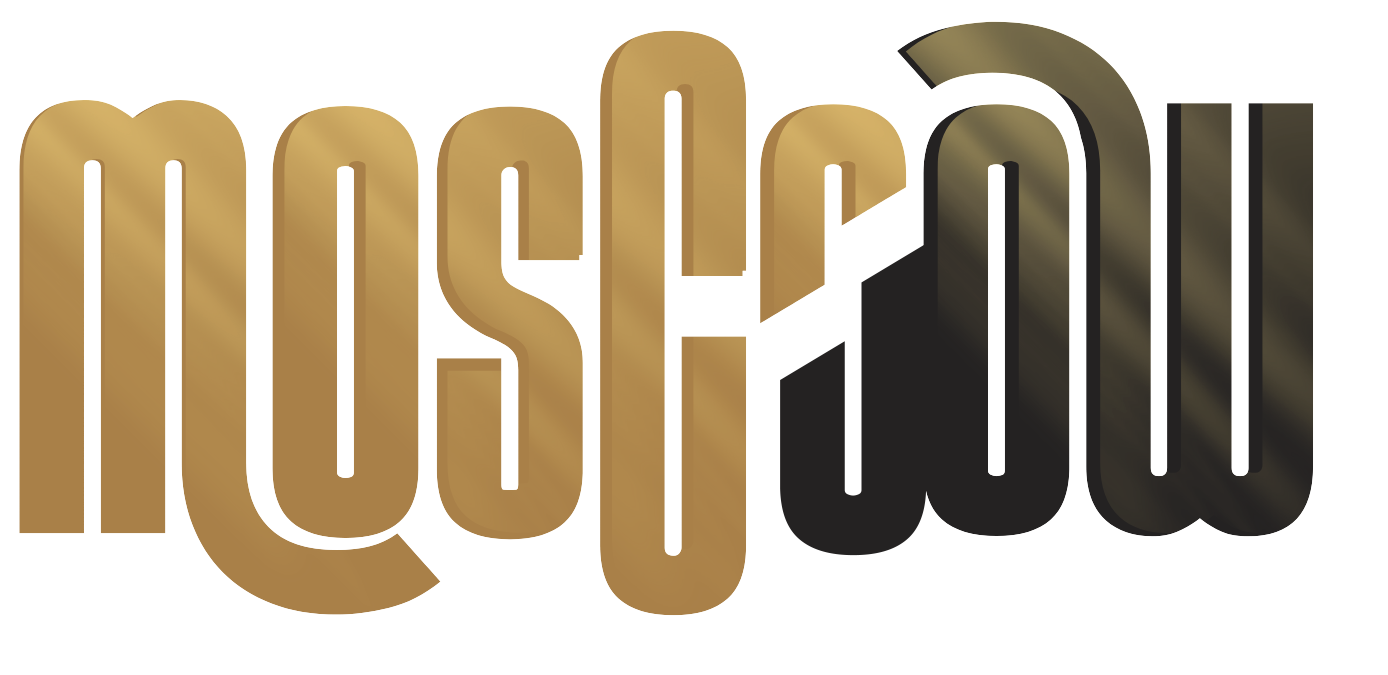No products were found matching your selection.
More About Solar Inverters:
A Solar Inverters are a devices that converts solar panel-generate DC electricity into AC electricity that can be use by homes or fed back into the grid. Because it ensures that the electricity produce by solar panels can be use by homes, businesses and the power grid. It is an essential part of a solar power system.
A solar inverter, also known as a Photovoltaic (PV) inverter. This is an electronic device that converts the DC electricity produce by solar panels into AC electricity. That can be use by households or businesses. Because they ensure that the power generate by the solar panels is convert into electricity that can be use. Solar Inverters are an essential component of a solar power system. The output waveform of solar inverters can also be use to categorize them. Pure sine waves and modify sine waves are the two most common types of output waveforms. Modify sine wave inverters, on the other hand, produce an output that is less smooth and can occasionally cause issues with certain appliances. Pure sine wave inverters produce an AC output that is smooth and consistent.
Features of Solar Inverters:
- Maximum Power Point Tracking (MPPT): By constantly adjusting the input voltage to ensure that the solar panels are operating at their maximum power point. MPPT technology in inverters is able to extract the maximum amount of power from the panels.
- Efficiency: The proportion of DC power convert to AC power in a solar inverter is refer to as its efficiency. Because they ensure that more of the energy generate by the solar panels is utilize and less is lost, high-efficiency inverters are crucial.
- Overvoltage and Overcurrent Protection: To prevent system damage, inverters must have protection against overvoltage and overcurrent. In the event that the voltage or current exceeds the safe limits. This safeguard ensures that the inverter will shut down.
- Monitoring: Users can keep an eye on their solar power system’s performance in real time thanks to the monitoring features that are include in many of today’s inverters. Data on energy production, efficiency and system health may be include in this monitoring.
- Grid Integration: Solar inverters that are grid-tie are use to work with the utility grid, allowing the solar panels’ excess energy to be fed back into the grid. The solar power system is able to function as a dependable source of energy for homes and businesses thanks to this integration.
- Durability: Solar inverters need to be able to withstand harsh conditions like dust, high humidity and extreme temperatures. The inverters of high quality are built to last a long time. And be dependable, ensuring that they will function effectively for many years to come.
